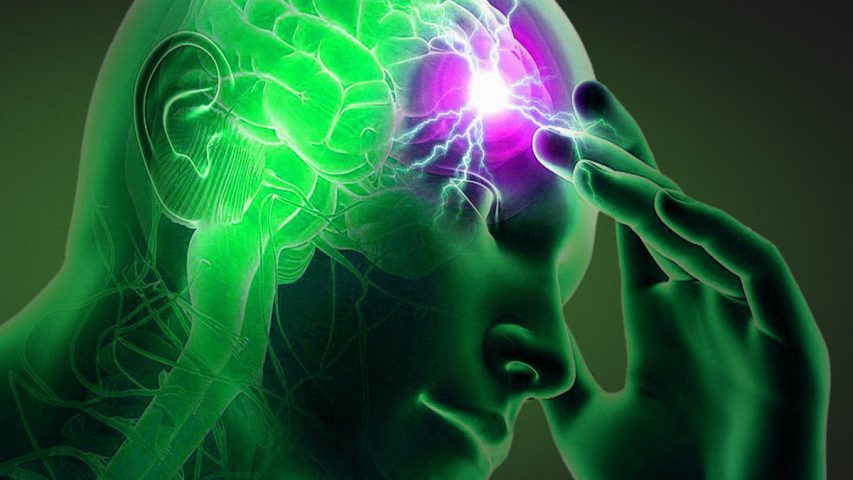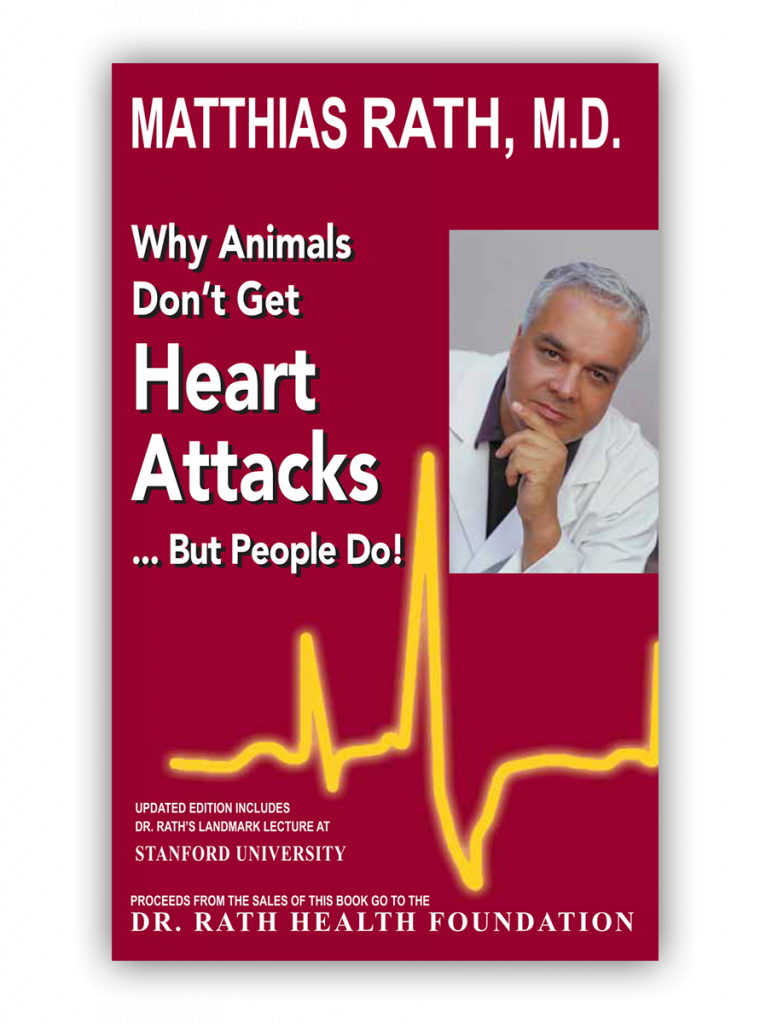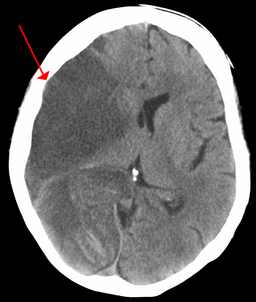- Have any questions? Contact us!
- info@dr-rath-foundation.org

Health Benefits Of Phytobiologicals
May 10, 2018
How much does your doctor actually know about nutrition?
May 14, 2018Stroke – a global epidemic

Global statistics show that in 2013 there were 6.5 million deaths from stroke. This means that strokes kill more people each year than AIDS, tuberculosis, and malaria added together. Such is the size of this epidemic that about every 2 seconds, someone in the world will suffer a stroke. Until recently, however, the root cause of this major public health concern was not properly understood. But based on Dr. Rath’s Cellular Medicine discoveries, we now know that the primary cause of strokes is a deficiency of vitamin C and other essential micronutrients. This means that, through ensuring an optimum intake of these essential dietary substances, strokes can now largely be prevented.
What are strokes?
A stroke is essentially a brain attack. A life-threatening medical emergency in which the blood flow to a part of the brain is blocked, it results in damage to, or the death of, brain cells. Even if the patient survives, the long-term effects of a stroke can be highly debilitating and include weakness or paralysis; tiredness; pain; problems with speech, vision, swallowing, bowel and bladder control; as well as cognitive and mental health difficulties.There are three basic types of strokes. Ischemic strokes, the most common type, occur when an artery supplying blood to the brain becomes blocked. Another type, known as hemorrhagic strokes, are caused by bleeding in or around the brain. The third type of stroke is known as a ‘transient ischemic attack’ (TIA). Sometimes referred to as a ‘mini-stroke’, a TIA happens when a blockage temporarily cuts off the blood supply to part of the brain. TIAs are a warning sign indicating that major lifestyle changes and nutritional support should be implemented immediately!
All three of these different types of stroke deprive the brain of essential nutrients and oxygen. Research shows patients typically lose 1.9 million neurons during each minute that a stroke is untreated. For each hour in which treatment fails to be given, the brain loses as many neurons as it does in almost 3.6 years of normal ageing.
| Stroke warning signs |
| There are three key warning signs of a stroke that everyone should know: |
| 1. Sudden drooping or numbness on one side of the face 2. Sudden weakness or numbness in one arm or leg 3. Sudden difficulty in speaking, where speech becomes slurred or hard to understand |
| If someone shows any of the above symptoms, call for emergency medical services IMMEDIATELY! |
Prevention is better than cure
 For prevention of strokes, eating a healthy diet is vital. This means consuming plenty of fruits, vegetables, and other foods rich in essential micronutrients. It also means avoiding junk foods, fast foods, processed foods, sugary soft drinks, and trans fats. And whatever you do, don’t smoke. To defend itself against the numerous toxic substances found in smoke, the body uses up its supplies of vitamin C and other essential antioxidants. This explains why smoking dramatically increases the risk for coronary artery disease.
For prevention of strokes, eating a healthy diet is vital. This means consuming plenty of fruits, vegetables, and other foods rich in essential micronutrients. It also means avoiding junk foods, fast foods, processed foods, sugary soft drinks, and trans fats. And whatever you do, don’t smoke. To defend itself against the numerous toxic substances found in smoke, the body uses up its supplies of vitamin C and other essential antioxidants. This explains why smoking dramatically increases the risk for coronary artery disease.
For additional protection, engaging in regular physical activity will also help improve blood flow and keep the arteries elastic. Research has found an inverse association between physical activity and stroke risk, with estimates suggesting exercise may potentially be associated with a 25-30 percent reduction in risk for stroke.
For people recovering from a stroke, the best outcomes occur when the rehabilitation program combines physical activity with an optimum intake of micronutrients. If a comprehensive program of rehabilitation is started early enough, including speech and occupational therapy if necessary, both physical and cognitive disabilities alike can be significantly reduced – and sometimes even eliminated completely.
Neuroscientists used to believe that the brain cells you were born with are the only ones you will ever have. Today, however, we know that everyone has the capacity to develop new cells that can help enhance cognitive functions. Crucially, this applies even after a stroke has occurred. In recent years research has described how nutritional approaches can aid brain recovery after stroke. This makes sense, of course, as micronutrients have important effects on brain function.
 Research shows micronutrients are key in overcoming stroke
Research shows micronutrients are key in overcoming stroke
In addition to his Basic Cellular Health Recommendations, Dr. Rath recommends that patients with existing coronary artery disease or an increased risk of stroke take higher doses of vitamin C, vitamin E, vitamin D, folic acid, biotin, copper, proline, lysine, chondroitin sulfate, N-acetylglucosamine, and Pycnogenol. In his book, Why Animals Don’t Get Heart Attacks…But People Do!, Dr. Rath summarizes studies demonstrating the importance of these and other micronutrients in promoting optimum coronary artery health and prevention of stroke. Examples include:
- A multicenter study with more than 1,500 patients showed that higher blood levels of vitamin B6, vitamin B12, and folic acid are important in lowering levels of homocysteine – a risk factor for atherosclerosis – and decreasing the risk of stroke, peripheral vascular disease, and coronary heart disease.
- A 10-year study in Finland with more than 2,400 patients who were overweight and suffering from high blood pressure found that low levels of vitamin C increased the risk of stroke by almost threefold.
- A 20-year study in Japan showed that optimum vitamin C intake is the single most important factor for preventing all forms of strokes in men and women
As always, if you have any questions about the use of Dr. Rath’s Cellular Medicine approach for preventing and overcoming stroke, please feel free to contact us.




